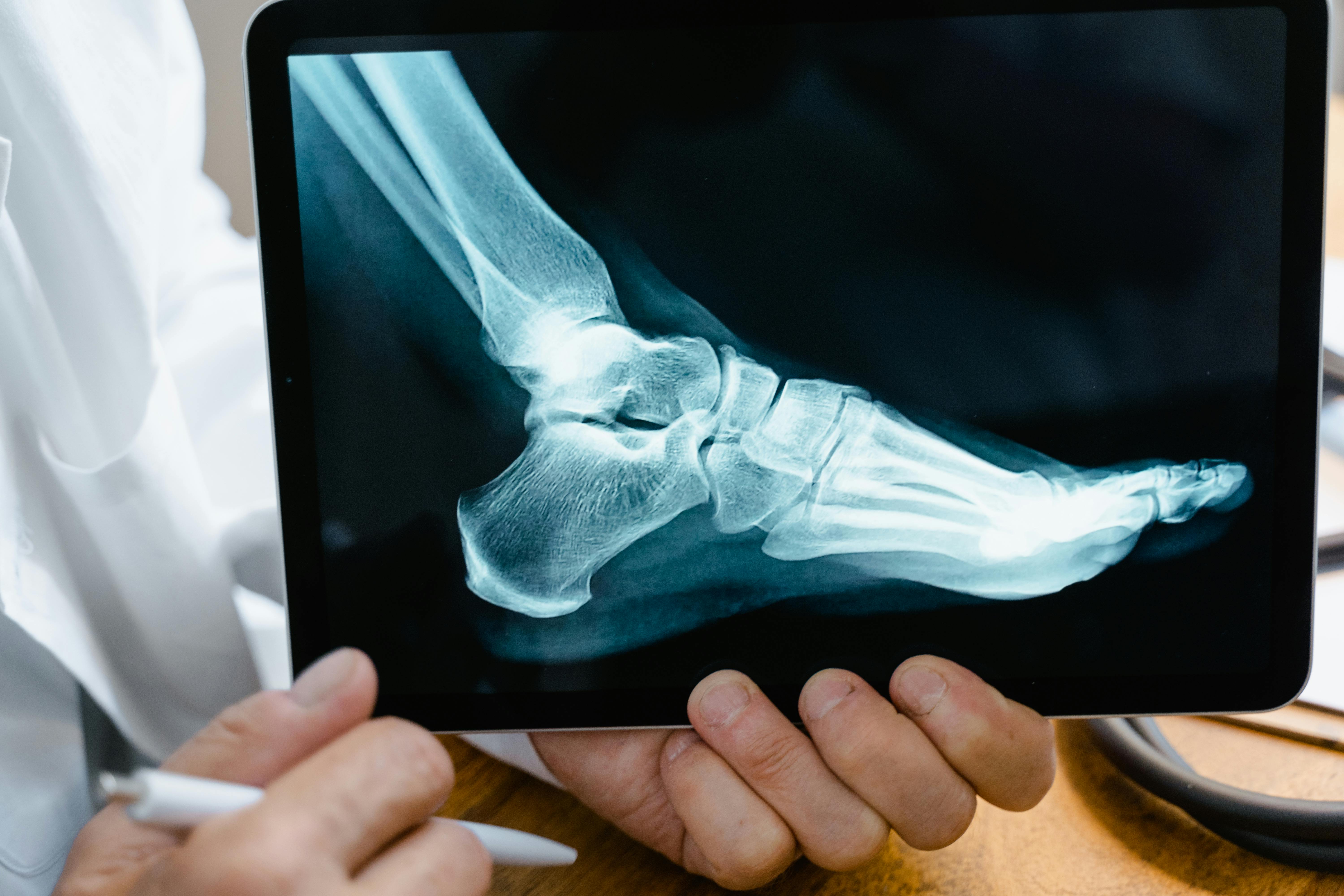Exploring the Key Benefits of Telehealth Services
Telehealth is rapidly transforming the landscape of healthcare delivery. As technology reshapes patient care, understanding the benefits of telehealth is more important than ever. This comprehensive guide explores its core principles, practical implementation, advanced applications, and the future outlook of digital care solutions.

Understanding the Fundamentals
Telehealth refers to the use of digital technologies to provide healthcare remotely. From virtual consultations to digital diagnostics, it’s a broad term encompassing a range of services. Originally introduced as a way to serve remote areas, telehealth services have now become mainstream.
The importance of telehealth lies in its ability to bridge gaps in healthcare access. Much like how mobile banking revolutionized finance, telehealth is changing how patients engage with medical services, offering ease, accessibility, and efficiency.
1.1 Improved Access to Care
Telehealth makes medical care accessible to patients in rural or underserved areas. According to the CDC, telehealth usage increased by over 154% during the early stages of the pandemic, proving its utility in real-time.
It allows elderly or mobility-impaired patients to receive care from home. Common misconceptions include the idea that it’s only suitable for minor issues, yet chronic condition management is one of its most effective applications.
1.2 Cost Efficiency for Patients and Providers
Compared to in-person visits, virtual healthcare solutions significantly reduce transportation, childcare, and time-off-work costs for patients. Providers also save on overhead expenses like clinic maintenance.
Case studies show that organizations using telemedicine saw reduced no-show rates and improved appointment efficiency, translating into financial sustainability.
Practical Implementation Guide
Transitioning to telehealth requires strategy and clarity. Applying its fundamentals properly can yield substantial results in both patient satisfaction and operational success.

2.1 Actionable Steps
- Assess Readiness: Conduct an infrastructure audit and review local laws and insurance coverage.
- Select a Platform: Choose HIPAA-compliant tools with EHR integration and user-friendly interfaces.
- Launch and Train: Educate staff and patients. Set timelines with weekly milestones and feedback loops.
2.2 Overcoming Challenges
Common challenges include:
- Technology literacy gaps
- Internet connectivity issues
- Reimbursement policy confusion
- Patient hesitancy or mistrust
- Data privacy concerns
Solutions involve patient education, partnering with reliable IT vendors, and regular cybersecurity audits. Experts recommend setting up a helpdesk and using multilingual guides to boost adoption.
Advanced Applications
Once the foundation is solid, telehealth opens the door to more advanced care models and integrations. These next-level tools further improve outcomes and engagement.

3.1 Remote Patient Monitoring
Wearable devices now enable real-time tracking of vitals like blood pressure and glucose levels. This helps providers make data-driven decisions and intervene early when needed. In a 2022 study, RPM reduced hospital readmission rates by 30% for chronic patients.
3.2 Integration with EHR and AI
Advanced systems integrate telehealth platforms directly with electronic health records. AI algorithms assist in diagnostics and personalized treatment planning, saving time and increasing precision. Compatibility with other digital health tools is a must for seamless operations.
Future Outlook
Telehealth is poised to evolve with innovations such as virtual reality therapy, blockchain data security, and 5G-driven speed enhancements. Experts predict that by 2030, over 70% of non-emergency consultations will be virtual.
To stay ahead, providers must invest in digital infrastructure, upskill staff, and remain updated with policy shifts. Patients, too, can benefit by staying informed and proactive in embracing virtual health tools.
Conclusion
The top three benefits of telehealth include enhanced access to care, cost efficiency, and advanced health monitoring. These advantages collectively support a more responsive and inclusive healthcare system.
Embrace telehealth now—schedule your virtual consultation or inquire with your provider. Start small, explore frequently used services, and experience the ease of modern care delivery today.
Frequently Asked Questions
- Q: What is telehealth and how does it work? Telehealth uses digital tools like video conferencing for medical consultations, accessible from phones or computers.
- Q: How do I start using telehealth services? Contact your provider or insurance portal to find eligible platforms and book an appointment online.
- Q: How much time do telehealth appointments take? Typically 15–30 minutes, though initial setup or complex cases may take longer.
- Q: What does telehealth cost? Costs vary by provider and coverage, usually ranging from $20 to $100 per session, often less than in-person visits.
- Q: How does telehealth compare to in-person care? It offers convenience and faster access but may lack physical exams when needed.
- Q: Is telehealth hard to use? Most platforms are user-friendly, requiring basic device knowledge. Providers often offer step-by-step guidance.
- Q: Can telehealth be used in specialized fields? Yes, including mental health, dermatology, endocrinology, and post-op follow-ups, among others.
